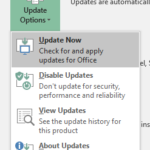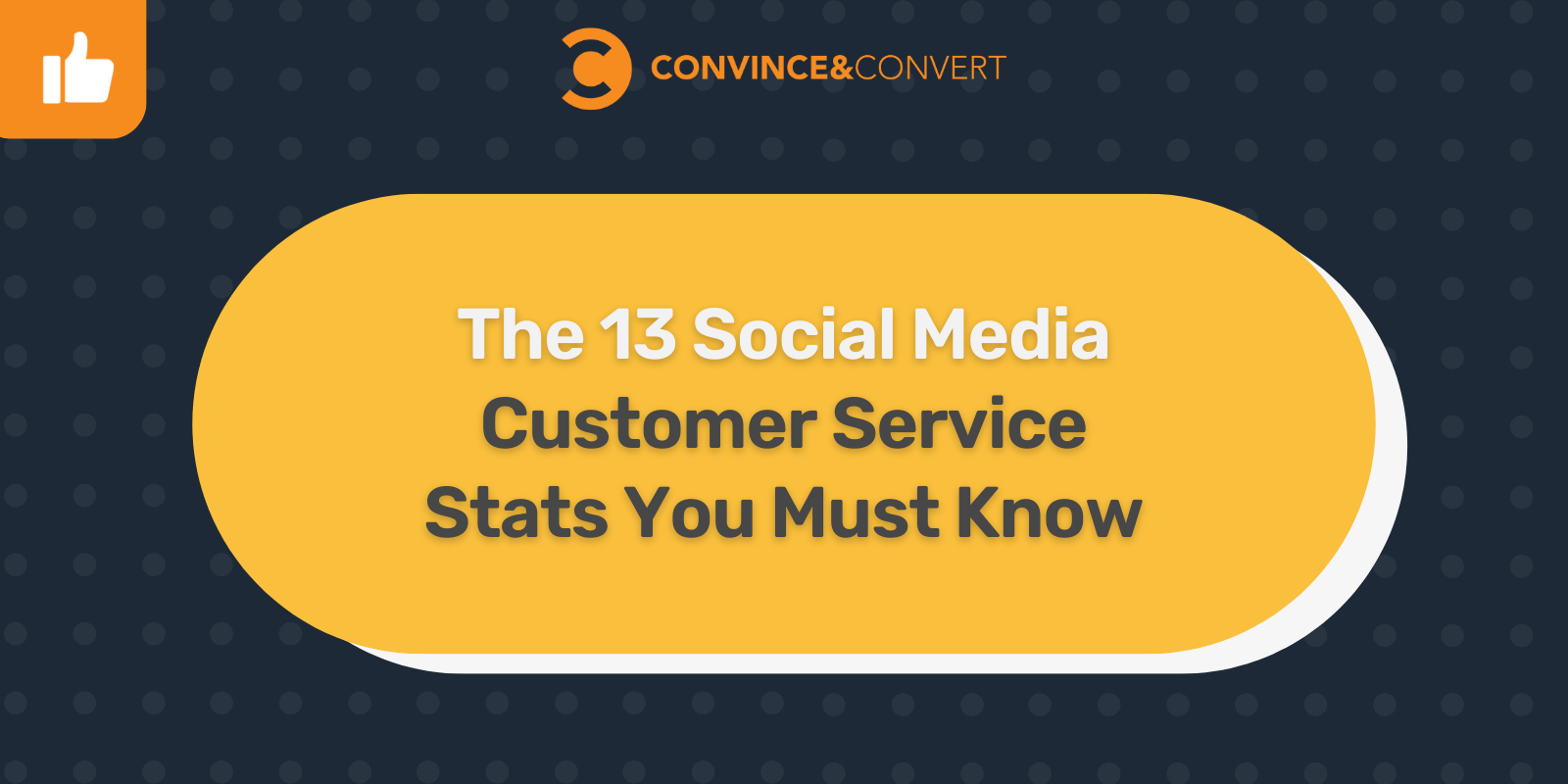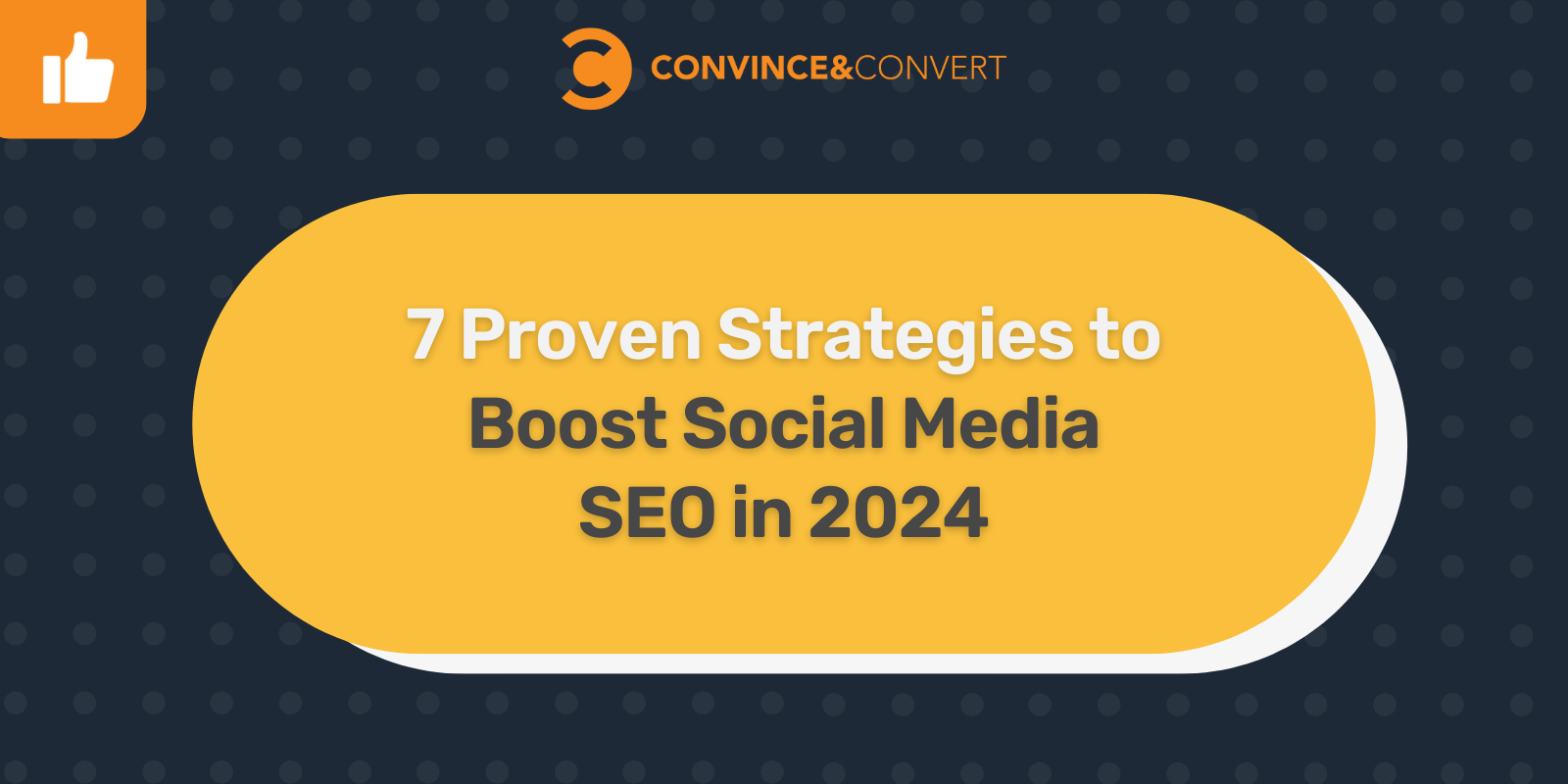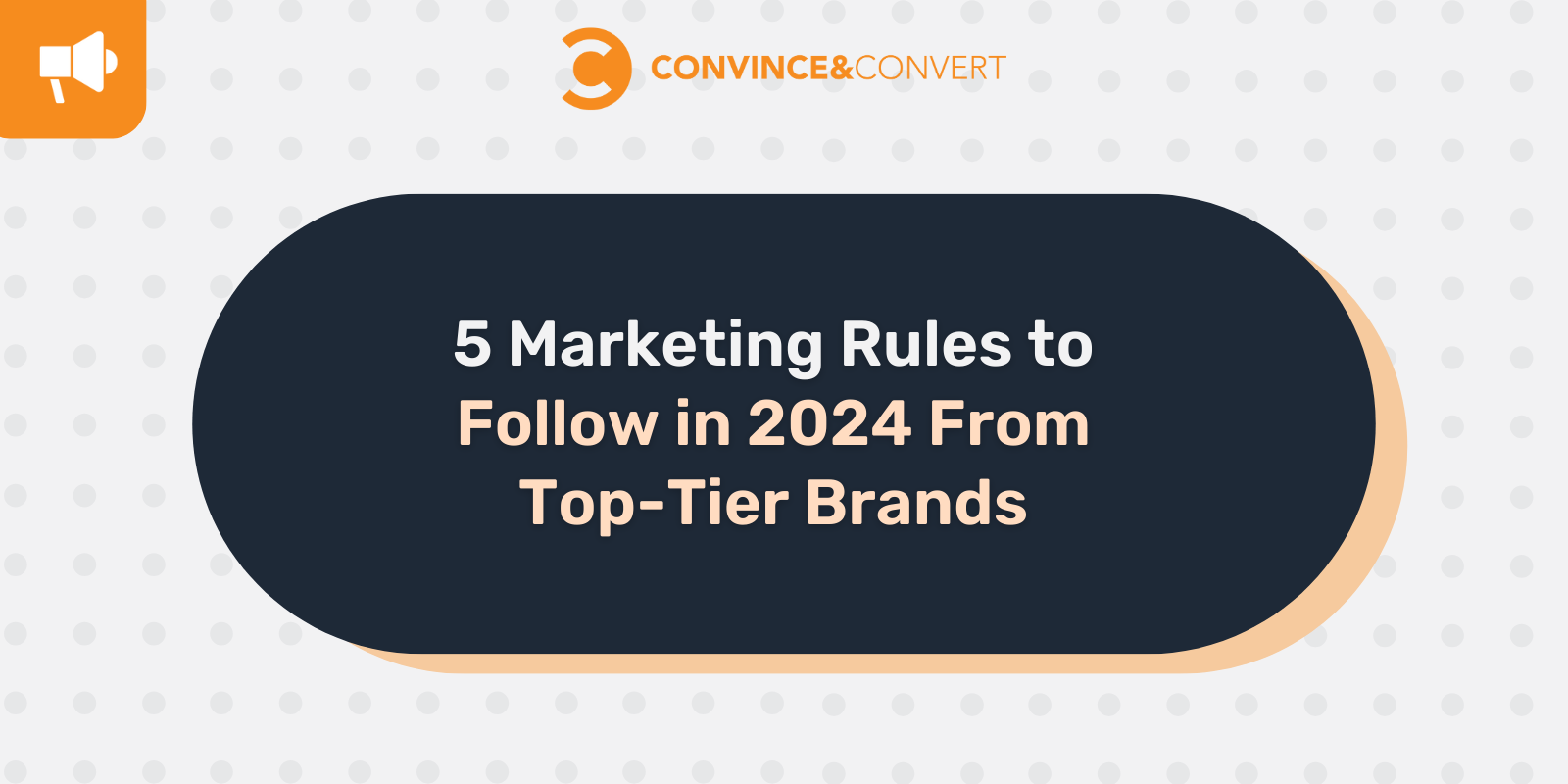Do you feel like your brand’s voice is lost in the crowd? Wondering why your messages aren’t hitting home like they should? You’re not alone. But here’s a secret: there’s a way to not just speak, but deeply connect...
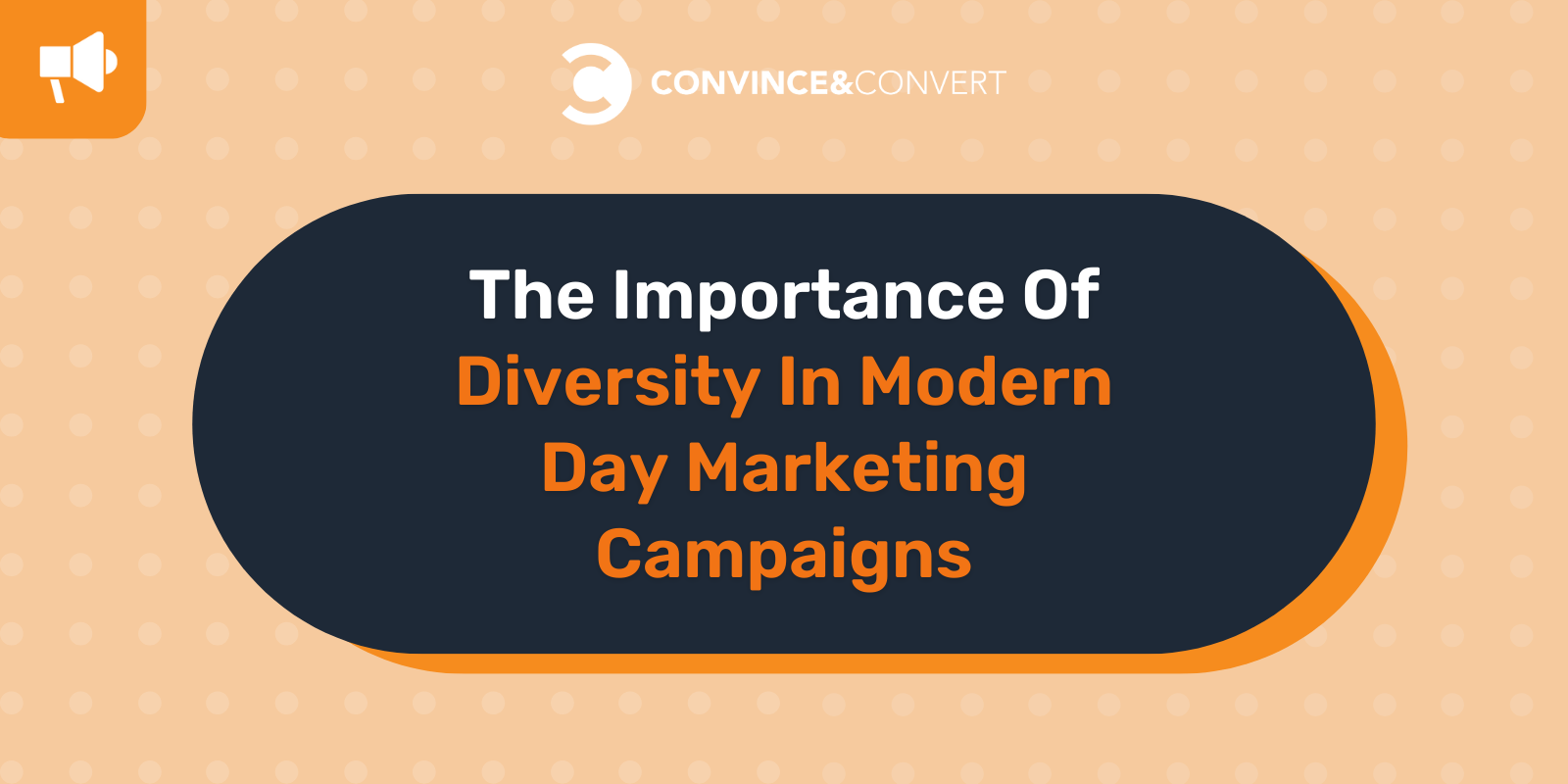
Do you feel like your brand’s voice is lost in the crowd? Wondering why your messages aren’t hitting home like they should? You’re not alone. But here’s a secret: there’s a way to not just speak, but deeply connect with every corner of your audience. The answer lies in marketing diversity.
70% of millennials choose to buy from brands that exhibit diversity in their marketing campaigns. It’s about time to recognize and cater to your varied audiences for a positive reputation, increased customer loyalty, and more conversions.
Dive in, and I’ll show you the incredible benefits of diversity marketing and insights into unlocking the vast treasures of a multicultural market. You’ll also learn the tangible steps to craft messages that resonate on a personal level, every time.
By the end, you won’t just be another brand. You’ll be the brand that everyone feels was made just for them.
Let’s get started!
What Is Marketing Diversity?
Marketing diversity is an approach that recognizes and caters to the differences within diverse consumer segments. This approach not only fosters inclusivity but also connects businesses and eCommerce marketplaces with a broader range of consumers. It acknowledges their unique experiences, values, and preferences.
Let’s look at the key diversity categories:
Age Education Race & Ethnicity Cultural Background Religion & Belief Systems Geographic Origin & Nationality Language & Communication Styles Gender (Male, female, transgender, genderqueer, etc.) Sexual Orientation (Heterosexual, homosexual, bisexual, asexual, etc.) Socioeconomic Status (Differences in class, income, and social standing.) Family Status (Single individuals, married couples, parents, caregivers, etc.) Mental & Physical Abilities (Varying cognitive abilities and physical strengths.) Disabilities (Both visible and invisible disabilities encompass physical, mental, and sensory impairments.) Survey results from Google and Ipsos displaying people’s level of engagement with an ad or product after seeing something they consider to be diverse or inclusive.
Survey results from Google and Ipsos displaying people’s level of engagement with an ad or product after seeing something they consider to be diverse or inclusive.
7 Benefits Of Marketing Diversity To Boost Credibility
Ever noticed how the world’s tapestry is rich with colors, cultures, and experiences? It’s a vibrant mix, and guess what? Your marketing strategy should reflect that very diversity. Let’s dive into the 7 benefits of marketing diversity to amplify your brand’s trustworthiness and reputation.
1. Wider Audience Reach
When you integrate diversity into marketing campaigns, you cast a wider net over this vast sea of potential customers. Brands that ignore these rich tapestries of identities miss out on engaging with broad segments of the population.
Engaging with a broader audience isn’t just about amplifying brand visibility—it’s also about maximizing market potential. If you’re speaking to only one group, you’re excluding countless others. Inclusion in marketing means more eyes, more engagement, and consequently, more potential for conversions.
I always think about Dove’s “Real Beauty” campaign when it comes to game-changing marketing. They totally flipped the script on the typical beauty ads by spotlighting women of every shape, age, and color. Instead of the usual “one-size-fits-all” beauty portrayal, Dove was like, “Hey, every woman rocks in her own special way.”
The coolest part? It genuinely felt like Dove was out there cheering for everyone’s self-worth and giving the side-eye to those old, restrictive beauty norms.
What you should do:
Dive deep into audience analytics to understand the diverse segments you might be missing out on. Create targeted micro-campaigns that address these groups specifically. Regularly gather feedback to fine-tune your message.
2. Authenticity & Relatability
As consumers become increasingly discerning about brand intentions, a genuine commitment to diversity signals honesty and integrity.
Here’s the thing…
When consumers feel a brand truly understands and represents their life experiences, a deeper bond forms. It’s this bond that rises above the conventional brand-customer relationships. When a brand feels relatable, customers begin associating it with their identity. That’s when you know a brand’s done its homework in attracting its target audience.
What you should do:
Keep a close eye on the changing industry trends and cultural shifts. For example, if you notice a spike in discussions around rising demand for biodegradable products, then you may want to target eco-warriors as a fresh target market. They often have overlapping interests that you provide like sustainable fashion. Align your brand with its values to open up to a new world of opportunities.
3. Connecting With Gen Z & Millennials
Younger audiences like Gen Z and Millennials critically analyze branding campaigns. You can’t exclude them because they’re getting more purchasing power and influence over brands. They see how a brand aligns with diversity and inclusion, it’s like a litmus test. They’re thinking, “Is this brand real? Do they get the world today? What are the values and ethics of this brand?”
Here’s how you can leverage diversity in marketing to connect with these younger audiences:
Value-driven Consumerism: Today’s younger audiences don’t just buy products; they buy values like conclusivity, equality, and inclusion irrespective of narrow societal standards. Exposure to Global Influences: Younger audiences have exposure to global cultures, stories, and voices from an early age. They appreciate and expect diversity because it mirrors the multifaceted world they interact with daily. Desire for Authenticity: Gen Z and Millennials can often detect insincerity from a mile away. Authentic representation in marketing, rather than tokenistic gestures, strikes a chord with them. Peer Influence & Advocacy: They are highly connected, often sharing and discussing brand interactions with their peers. If your brand champions diversity, it gets a positive impact, further influencing collective perception. Social Media Activism: They are active on platforms where movements about representation and inclusivity often gain momentum. When you practice diversity, you position yourself favorably in these spaces, which are hotspots for younger consumers. Future-forward Thinking: Younger audiences are not just consumers; they’re future leaders, creators, and change-makers. They view diversity not as a trend but as a norm that will shape the future.What you should do:
Start by hanging out where your audience is. Dive into platforms like TikTok, Instagram, or Snapchat. Watch trends, participate in challenges, and embrace short, engaging content that resonates with their values.
4. Enhanced Creativity
Consider this: A group with the same background and experiences will likely approach a problem similarly. Try to introduce diverse backgrounds, and infuse the group with varied perspectives. A melting pot of ideas will stem from different cultural, social, and personal experiences. This will give birth to truly innovative solutions.
Campaigns birthed from diverse teams will be memorable, impactful, and sometimes, even revolutionary in their appeal.
What you should do:
Start brainstorming sessions with an ‘Open Mic’ approach. Encourage every team member to share a personal story or experience related to the campaign theme. These raw, varied narratives can be goldmines for creativity. Remember, the most groundbreaking ideas often come from merging unexpected insights.
5. Increased Brand Loyalty
Representation does more than just catch the eye; it captures the heart. When individuals see themselves in a campaign, when they feel a brand understands their journey, their struggles, and their joys, they’re more likely to forge a deep connection. This isn’t a fleeting engagement; this is an emotional investment.
These investments translate to brand loyalty. Loyal customers don’t just buy; they advocate, they spread the word, they defend, and most importantly, they stick around. For brands, this means not only sustained revenue but a reliable and passionate consumer base that champions them at every turn.
Consider the example of inclusive marketing by a lingerie brand that showcases a diverse range of products catering to different sizes, and body types in their store. Finding a plus-size or gender-neutral clothing piece is a breeze, unlike most brands. Moreover, they have male-lingerie options that further widen the brand’s appeal.
Similarly, this medical alert system’s website uses photos of individuals from varied age groups, ethnicities, genders, and abilities. This imagery shows that every life matters equally and that protection isn’t exclusive. This diverse visual approach resonates deeply, signaling that the system is designed with everyone in mind.
What you should do:
Conduct a diversity audit of your marketing materials. Analyze your visuals, language, and messaging. If you find gaps in the representation of diverse audiences, collaborate with creators from varied backgrounds to co-create content. Their firsthand experiences will add a layer of authenticity.
6. Risk Mitigation
The digital age is double-edged. You must have seen as the information spreads like a forest fire, so is the spread of backlash. We’ve seen brands face intense scrutiny for campaigns that come off as insensitive or ignorant. When you have diverse teams acting as internal checks, it provides perspectives that will identify potential pitfalls ahead of time.
Whether you’re selling digital products or industry-specific commodities, valuing diversity will protect against potential reputational damage that can have lasting financial implications.
Let’s take the example of “Fair & Lovely,” a Unilever product that faced major backlash for promoting fairness as an ideal beauty standard. Critics argued the brand equated light skin with success and beauty. This perpetuates people of color, deep-seated biases, and affects mental well-being.
In response to growing criticism, Unilever had to rebrand “Fair & Lovely” to “Glow & Lovely” in June 2020. To keep their brand thriving in the beauty industry, they adopted a more inclusive vision. They showed the world that they now realize beauty comes in all shades, not just one, and excluded slogans like “whitening”, “lightening”, or “fairness” from their brand’s marketing.
What you should do:
For proactive risk management, organize monthly sensitivity reviews of your marketing materials with a diverse panel. This could include members from within your organization or an external focus group. Their varied perspectives can highlight unintentional blind spots or biases in your campaigns.
7. Economic Growth
Beyond the moral and social imperative, diversity is a driver for economic growth. When brands tap into previously overlooked or underrepresented markets, they discover new revenue streams. Companies with more culturally and ethnically diverse executive teams were 33% more likely to see above-average profits.
It’s not just about selling products but about tailoring experiences for these new segments. This inspires product innovations and expansions.
Catering to diverse audiences promotes brand growth, both in terms of market presence and financial strength. The numbers don’t lie: Diversity is profitable. Brands that understand this not only make sure of their relevance but also solidify their future in the market.
What you should do:
Gather stories from diverse customers who’ve benefited from your product and start a mini-campaign. Showcase these testimonials on your website or a dedicated social media week. This will bring fresh narratives to the forefront but also resonate with a wider audience, boosting engagement and sales.
Strategies To Develop Effective Diversity Marketing Campaigns
Effective diversity marketing campaigns resonate, foster trust, and above all, show that brands genuinely value and respect the rich tapestry of human experiences.
Here are 9 proven diversity marketing strategies to get you started:
A. Deep Research & Understanding
Going beyond mere demographics, this involves understanding the psychographics, values, preferences, and nuances of diverse groups. Investing in thorough market research makes sure the foundation of your campaign is solid.
Let’s say you have an offshore VPS hosting provider and want to make your business more inclusive. You’ll focus on diverse psychographics and values that entail understanding beyond just location-based needs. Here are factors you’ll consider:
Cultural Sensitivity Localized Support Payment Flexibility Speed & Accessibility Content Customization Data Regulations & Privacy Region-Specific Cyber SecurityB. Authentic Representation
Avoid using diverse faces merely as background props. Make sure that the representation of diverse groups in your marketing materials is authentic. Avoid tokenism or using diversity as a mere checkbox. Instead, make them central to your story. Show real-life situations, and genuine emotions, and avoid resorting to clichés or stereotypes.
It can be as simple as this cat insurance company making the deliberate choice to showcase varied breeds, like the common domestic shorthair, the regal Persian, or the distinctive tabby, on its homepage. It tells prospective customers that the company understands and values the diversity in the feline kingdom.
Highlighting both popular and rarer breeds, the company sends a robust marketing message of inclusivity and comprehensive coverage. It signals to every cat owner that their pet’s uniqueness is recognized and insured. This visual affirmation cultivates trust, broadens the company’s appeal, and emphasizes its comprehensive care ethos.
C. Diverse Teams Make Diverse Ideas
When your marketing team, or even your entire organization, values diversity, it naturally fosters a more inclusive environment. A team member with a unique cultural or personal background can provide insights that others might miss. Their lived experiences will be invaluable in shaping campaigns.
D. Collaborate With Influencers From Diverse Backgrounds
Influencers have built-in credibility with their audiences. Partnering with them not only extends your reach but also anchors your campaign in authenticity. They will guide the brand in creating content that genuinely resonates with their community. Influencer collaborations bring authenticity, credibility, and a ready audience.
E. Adopt A Global Mindset
If your brand has a global presence, make sure that your marketing campaigns are culturally sensitive and relevant across borders. It should respect and adapt to regional and cultural differences. For example, a campaign that works in North America might not resonate, or can even offend, in Asia. Understand the global nuances and adjust your campaigns accordingly.
F. Solicit Feedback
Before a full-scale campaign launch, a pilot test will be invaluable. Gather a diverse group of individuals to review and provide feedback. Their insights will help refine the campaign, ensuring it’s both effective and respectful. Pre-testing campaigns with diverse focus groups avoid potential pitfalls or cultural insensitivities.
G. Celebrate Cultural Moments
Engaging with your audience during cultural festivals or milestones will foster goodwill. However, make sure it doesn’t come off as commercializing or appropriating.
As an example, see how people using Google Flights benefit in purchasing decisions because it leverages diversity in its marketing strategy:
Provides alerts for cultural events and holidays. Allows users to view prices in different currencies. Supports multiple languages catering to a global audience. Offers flight deals tailored to the user’s geographic location. Designed with a user-friendly interface and is compatible with screen readers.H. Storytelling With Depth
People remember stories more than statistics. Narrate tales of ambition, challenges, victories, and growth. This will help build a strong emotional connection with your customer base.
I. Commit Long-term
Diversity isn’t a seasonal campaign or a reaction to societal trends. True commitment is reflected in consistent efforts, be it in hiring practices, product development, advertising strategies, or effective marketing campaign management. Leverage in-house diversity training workshops or make use of online marketing certifications to keep your team up-to-date and relevant with the latest diversity trends.
A long-term commitment to diversity showcases a brand’s genuine dedication to inclusivity.
Conclusion
Leveraging marketing diversity lets you cater to a vast, interconnected, and incredibly varied customer base. Implement the strategies outlined in this piece to stay relevant while benefiting from a positive brand reputation and a fiercely loyal customer base. After all, who doesn’t want to associate with a brand that sees, understands, and values them?
Navigating the intricate corridors of diversity in modern marketing, we’ve touched upon several foundational pillars. From emphasizing the need for authenticity in representation to the contribution of diverse teams and ideas, all focused on attracting a loyal customer base. However, it’s not always easy to juggle through various aspects of marketing all alone.
Convince & Convert will help elevate your marketing efforts and resonate more deeply with your audience. We’re a team of marketing experts dedicated to boosting your brand visibility, loyalty, and sales. We’ll help you craft strategic plans to transform your customer experience to the next level.
So, why tread these waters alone when a partner like Convince & Convert can steer you toward marketing excellence? Dive deeper, learn more, and let’s transform your marketing together.
The post The Importance Of Diversity In Modern Day Marketing Campaigns appeared first on Convince & Convert.







